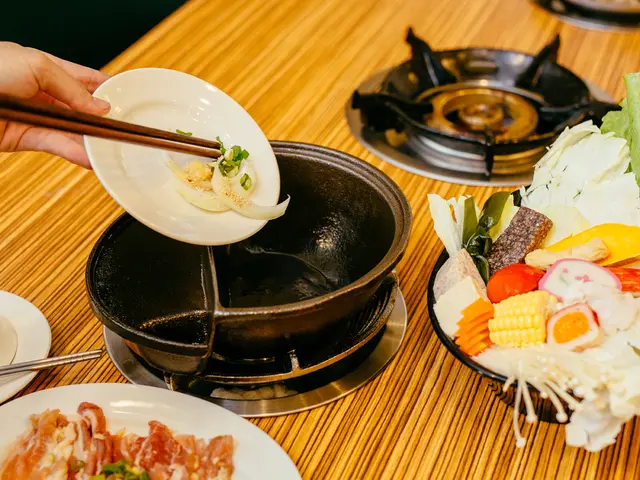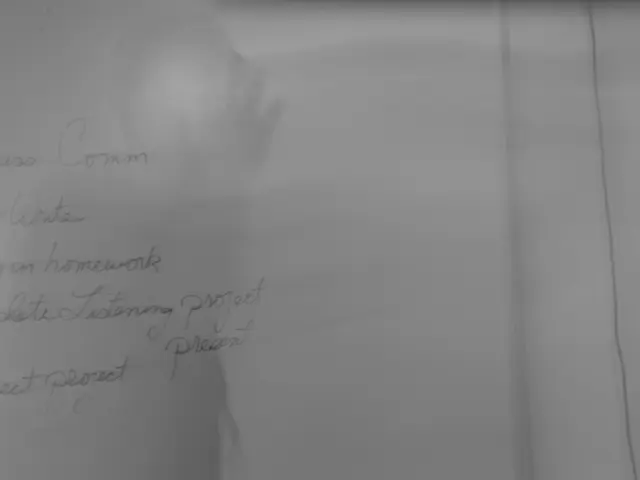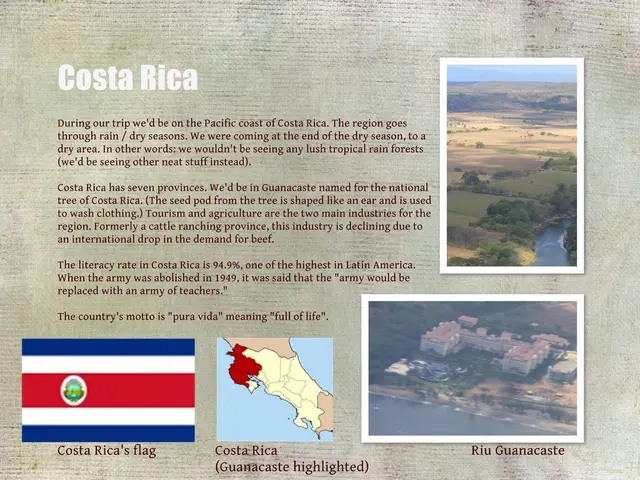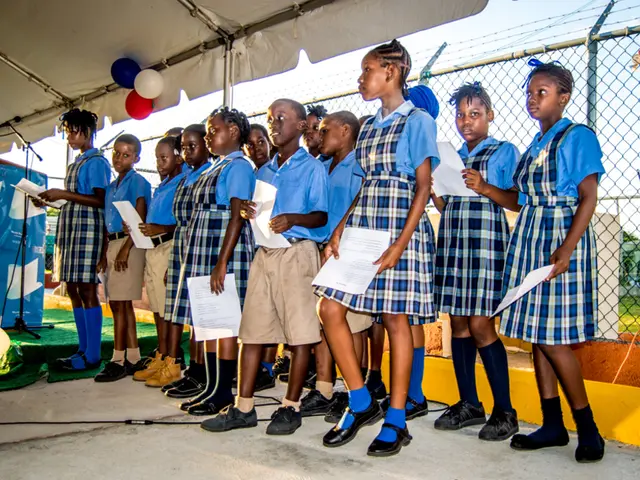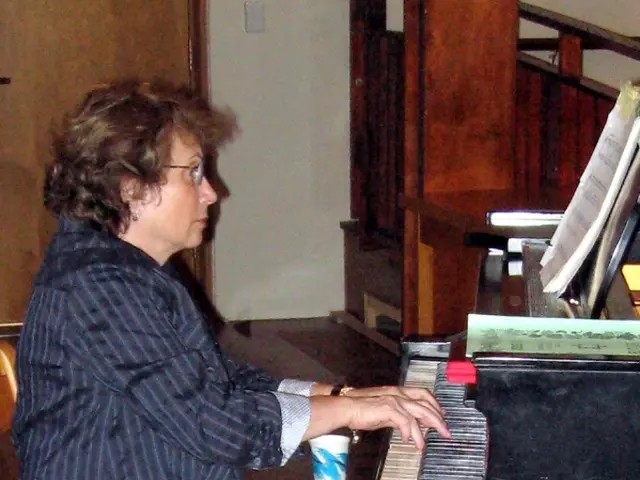Transplanted cycads at the University of Guam have significant survival problems when transferred to foreign soil, with fewer than ten percent surviving long-term.
In a pioneering 15-year study, Cycas micronesica experts Thomas Marler and Thomas Shaw, working at the University of Guam's Western Pacific Tropical Research Center, discovered vital insights into the habitat adaptation of the native cycad tree. The findings, published in the peer-reviewed journal Diversity with the DOI 10.3390/d13060237, are of significant importance for conservationists managing endangered species.
The research aimed to determine the level of local adaptation of the cycad tree population on Guam, a US territory. To achieve this, sibling seedlings from two locations (North and South of Guam) were planted in both locations and monitored for 15 years.
The study's results showed a stark contrast in the survival and growth of local and foreign genotypes. In local conditions, 70% to 100% of cycads transplanted survived, while less than 10% survived in foreign conditions. This underscores the importance of habitat conditions similar to those of the destroyed habitat for the cycad's greatest chance of long-term success at a translocation site.
The two Cycas micronesica garden sites did not begin to reveal local adaptation until four to five years after the gardens were implemented. This finding suggests that a longer monitoring timeline is necessary to accurately measure the success of transplantation projects.
The study also emphasised the importance of consulting with knowledgeable cycad experts in conservation planning. The paper indicates that their knowledge is crucial for anticipating future conservation needs.
The study's findings are particularly relevant to Guam's ongoing conservation activities, especially in the forests being destroyed during the military buildup. Invasive trees have created soil conditions that contrast from those of the construction site, indicating long-term success of the conservation project may be unlikely in the largest transplant project.
Moreover, the study was designed and seed collection started 11 years before the species was federally listed on the U.S. Endangered Species Act in 2015. This early initiative underscores the importance of proactive conservation efforts for threatened species.
In conclusion, the study provides valuable insights for natural resource managers who often need to transplant populations of threatened species as part of their conservation efforts. It highlights the need for careful consideration of local conditions and consultation with experts to ensure the long-term success of such projects.
Read also:
- Impact of Chronic Stress on Cognitive Function and Brain Integrity Over Time
- Living Situations of a Girl with "Fish Skin" Near Novosibirsk: Examination of Social Isolation Among Children
- Is the field of astronomy immune to instigated scientific deception orchestrated by organizations?
- Research by Maggie Simpson and Edna Krabappel Approved by Two Academic Publications


